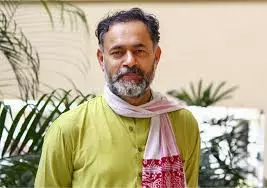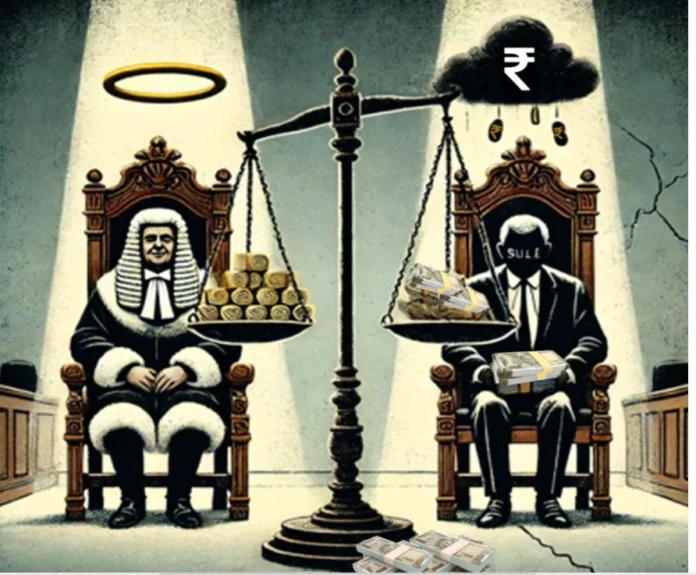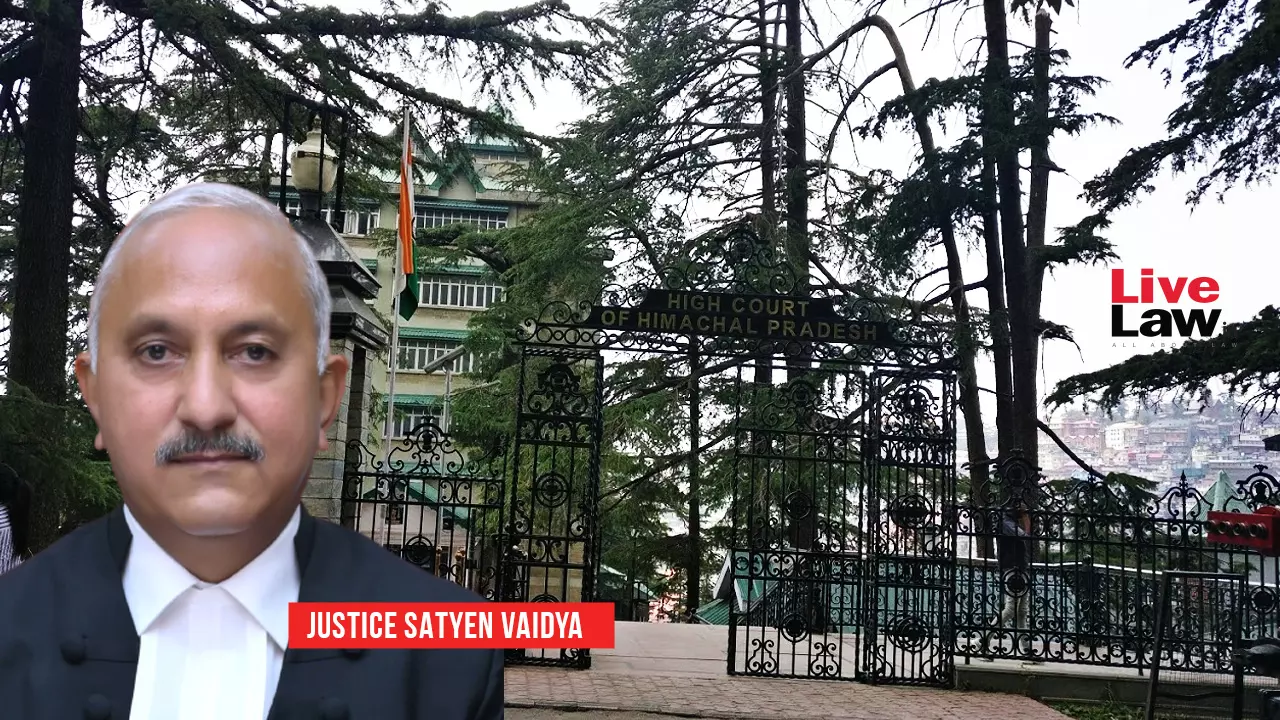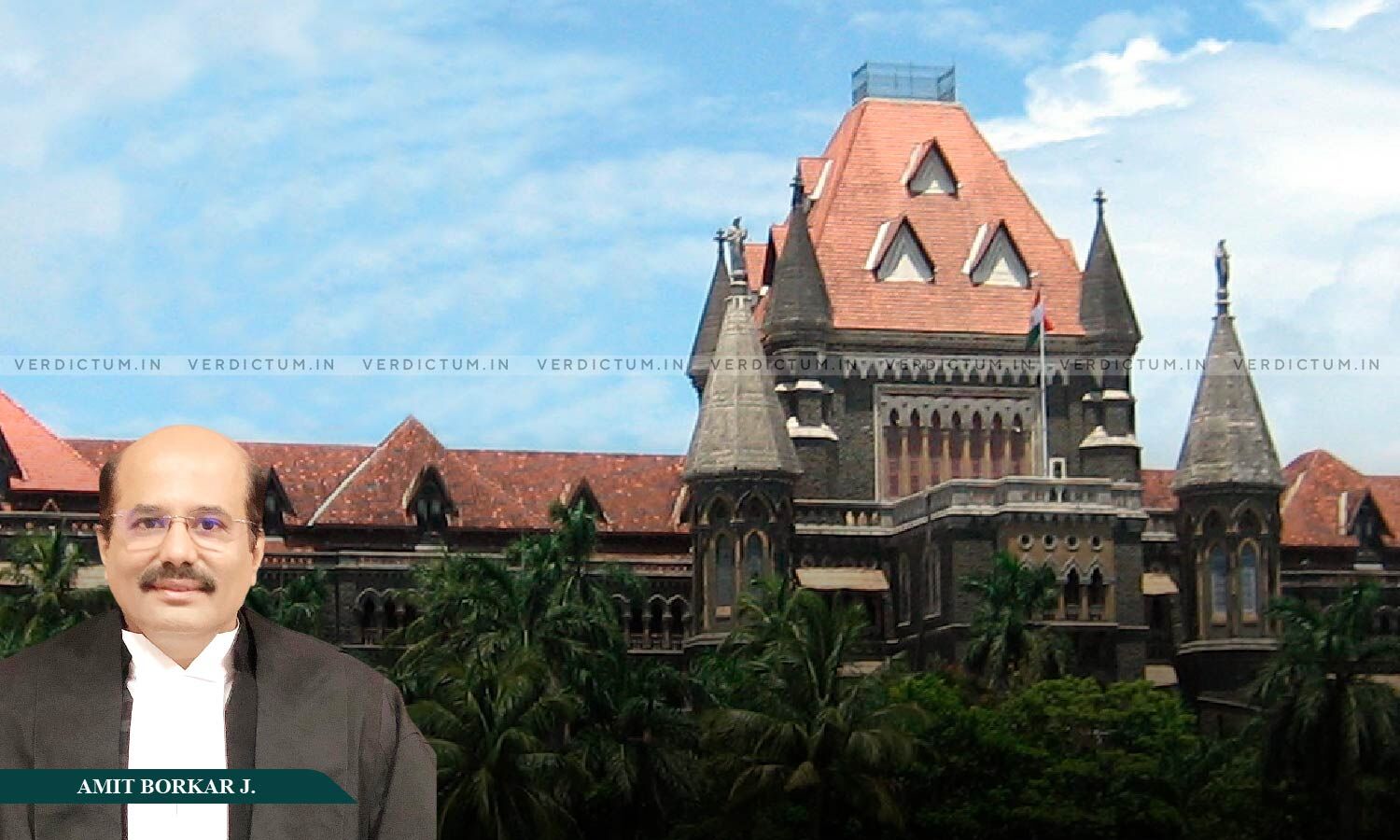Judging the Judges – India Legal
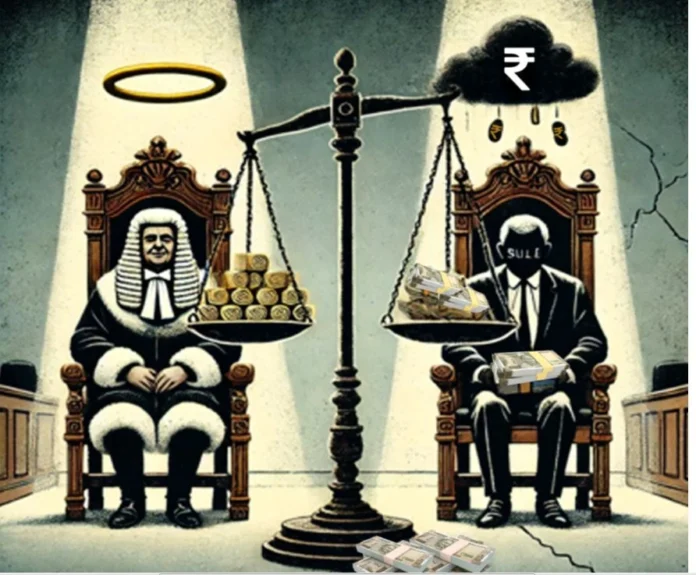
By Dilip Bobb
There’s a biblical quote that claims: “Decide not, that you just be not judged.” That sentiment now circles again to the Indian judiciary itself, with two Excessive Court docket judges dealing with impeachment. Justice Yashwant Varma has been indicted after massive quantities of unaccounted money had been found in a room at his official residence in March. And Justice Shekhar Kumar Yadav is underneath scrutiny for making overtly communal remarks at a VHP occasion—a violation that has drawn condemnation, however little motion.
Regardless of 55 Rajya Sabha MPs backing the impeachment movement in opposition to Justice Yadav, the method stays stalled. Justice Varma, too, awaits ultimate motion when Parliament reconvenes. The gradual tempo raises unsettling questions on political expediency and institutional resistance to self-cleansing.
THE CHIEF JUSTICE RESPONDS
On June 26, Chief Justice of India (CJI) BR Gavai addressed a judicial convention within the UK with refreshing candour. “Cases of corruption and misconduct within the judiciary have a adverse influence on public confidence,” he acknowledged. The true check, he stated, lies in how swiftly and transparently such instances are dealt with.
He additionally touched on the thorny difficulty of judges looking for authorities appointments after retirement—a apply that blurs the traces of judicial independence. His remarks pointedly referenced former CJI Ranjan Gogoi, who turned a Rajya Sabha MP, and Justice Abhijit Gangopadhyay, who resigned to enter politics.
SHADOWS FROM THE PAST
Justice Yashwant Varma is not any stranger to controversy. In 2018, the CBI listed him because the tenth accused in a Rs 97.85 crore mortgage fraud whereas he was a director at Simbhaoli Sugars Ltd. No motion adopted. In one other corruption case, a choose in Satara allegedly demanded a bribe to grant bail. ACB requested arrest clearance from the Bombay Excessive Court docket—one more case caught in procedural limbo.
The CBI has additionally investigated former Allahabad Excessive Court docket choose SN Shukla—twice—as soon as for disproportionate property, one other for granting beneficial rulings in alternate for bribes. Regardless of indictments and proposals for impeachment by two successive CJIs, Shukla retired quietly in 2020.
A CULTURE OF SILENCE
Critics level out a troubling sample: not like politicians and bureaucrats, judges are nearly by no means prosecuted. Between 2017 and 2021, greater than 1,600 complaints had been filed in opposition to judges. However because the in-house mechanism is confidential, nobody is aware of what number of had been even investigated. A 1991 Supreme Court docket ruling permits prosecution of judges underneath the Prevention of Corruption Act—however solely with the chief justice’s prior approval. That firewall has hardly ever been breached.
CASE FILES: A HISTORY OF IMPUNITY
A number of the most notorious instances of judicial misconduct embody:
- Justice V Ramaswami (1993): Discovered responsible on 11 fees of misappropriation. Impeachment failed as Congress abstained.
- Justice PD Dinakaran (2009): Resigned mid-process after disproportionate asset allegations.
- Justice Ok Veeraswami: Accused of amassing wealth past identified revenue. Delayed trial till loss of life.
- Justice IM Quddusi: Arrested for brokering Supreme Court docket instances. Secured bail; trial nonetheless pending.
The judiciary’s reluctance to self-discipline its personal has raised requires reforms—together with a legally mandated physique to research complaints independently.
SPEAKING TRUTH TO POWER
Former judges haven’t held again. Justice Venkataramiah, on retirement in 1989, claimed the judiciary had been compromised by “lavish events and whisky bottles.” Justice Bharucha, in 2001, stated bluntly that “20 p.c of Indian judges are corrupt.” Justice Markandey Katju has repeatedly alleged political interference in judicial appointments, together with throughout UPA rule. The central authorities as soon as even pushed for an inquiry in opposition to CJI Balakrishnan for alleged disproportionate property. It fizzled out.
RESTORING FAITH
CJI Gavai ended his speech with a imaginative and prescient: a judiciary that not solely dispenses justice, however is seen to take action. To that finish, Supreme Court docket judges now disclose property on-line and livestream Structure bench hearings.Nonetheless, belief can solely be rebuilt by means of seen motion on moral breaches.
India’s courts are gradual—rating 131st out of 142 in international judicial velocity. This delay fosters corruption. However there’s hope: a Gallup ballot exhibits Indians have better religion of their judiciary than People or Britons.
That religion, nonetheless, shall be squandered if the present disaster is met with extra silence. A functioning democracy can’t afford judges who seem above accountability. The robes have to be white—however they have to even be clear.
—The author is former Senior Managing Editor, India Authorized journal

